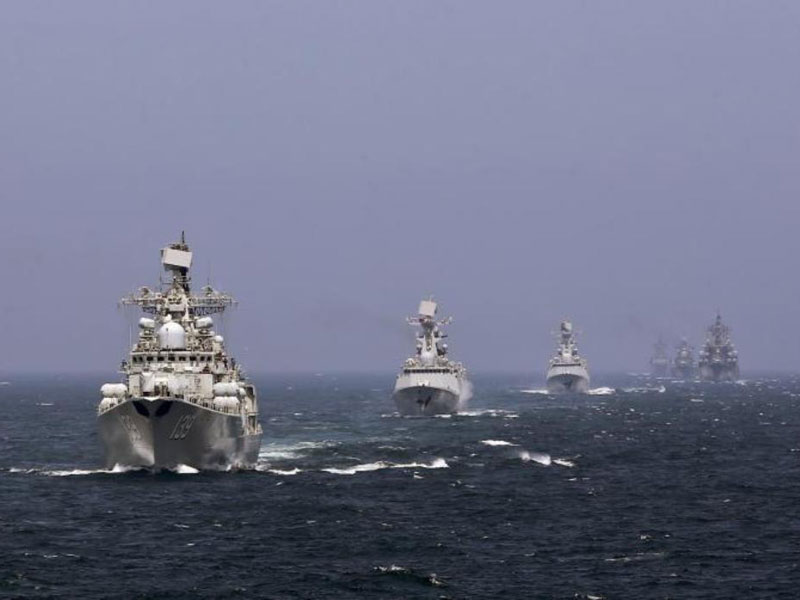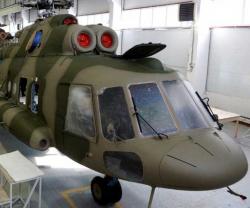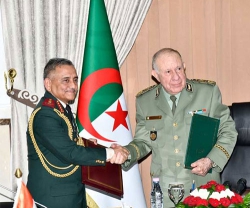While the exercise is small in scale, it’s symbolic of growing ties between Beijing and Moscow, and shows China’s growing stature as a maritime force.
“The joint drills are not aimed against third parties and are not connected with the political situation in that region. The Joint Sea will feature about 10 combat ships of various classes from Russia and China,” the press service of the Russian Defense Ministry said.
China will bring two 054A/Jiangkai II class missile frigates – the Linya and Weifang – as well as the supply ship Weishanhu. About six Russian vessels are taking part in the training that will include live firing, safety drills and escort missions.
The exercise comes at a pivotal time for both countries. Russia is at odds with Europe and the U.S. over its annexation of Crimea in March 2014 and its continued involvement in the East Ukraine war, while China is looking to counter the U.S. navy’s pivot towards Asia by growing its own maritime presence and expanding its reach.
China has recently demonstrated its desire to play a greater role on the international stage with the West by providing ships for anti-piracy operations in the Gulf of Aden, a role that ships from the U.S. Navy and European navies have traditionally fulfilled.
For Russia, the exercise will also go some way toward reestablishing its own Mediterranean presence, which has lapsed since the end of the Cold War, and further its reach toward Europe's borders. The country does have an unlikely foothold at the Syrian port of Tartus, which it negotiated in the 1970s.
That accord has long been inactive, and Russia has recently begun discussions to expand and modernize Tartus' port in exchange for clearing most of Syria’s Soviet-era debts from the books. However, the future of the port will depend on the outcome of the Syrian civil war.
Source: ibtimes; China Daily






















